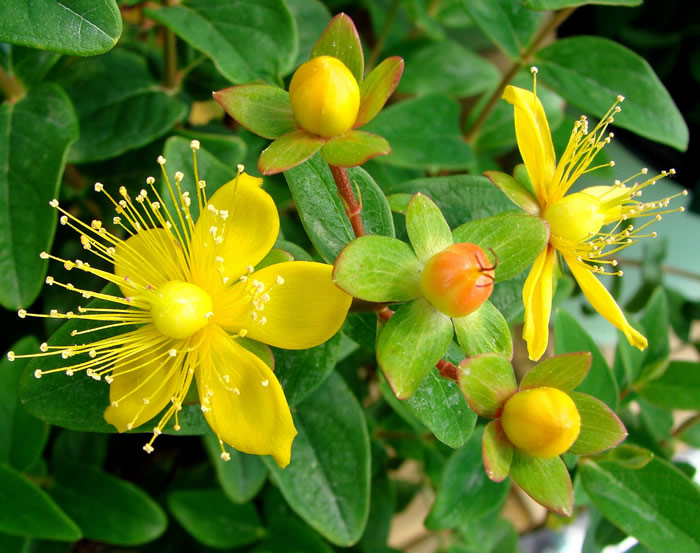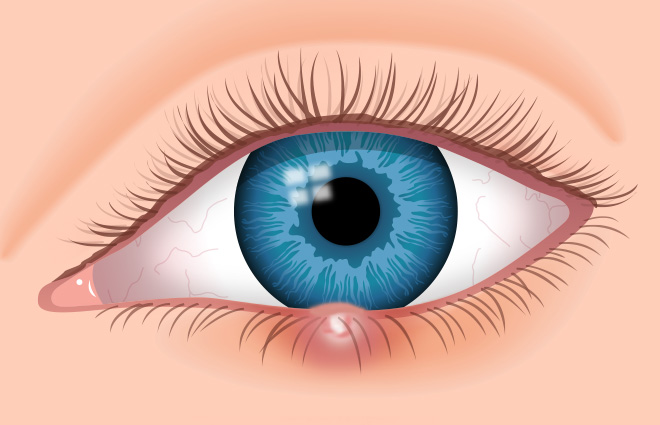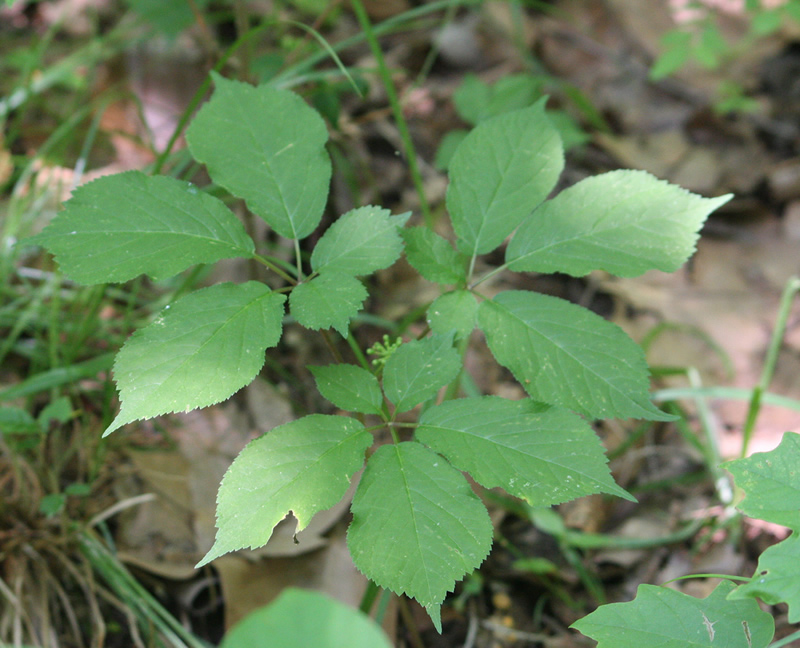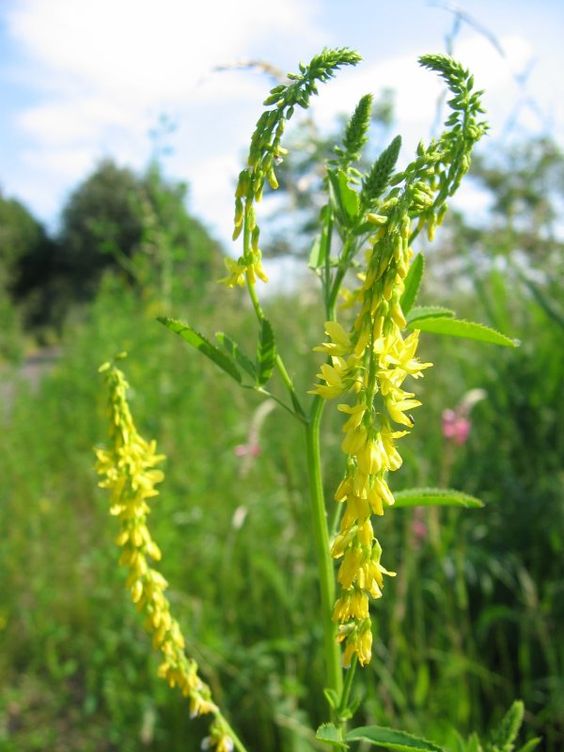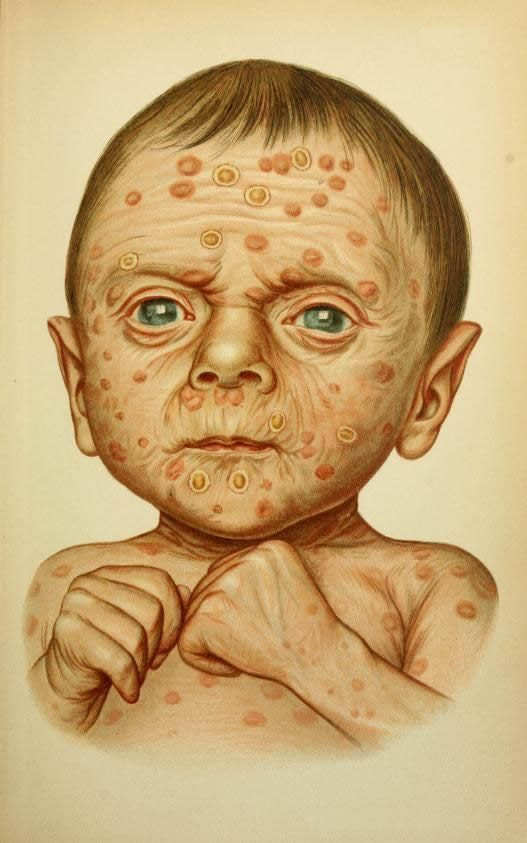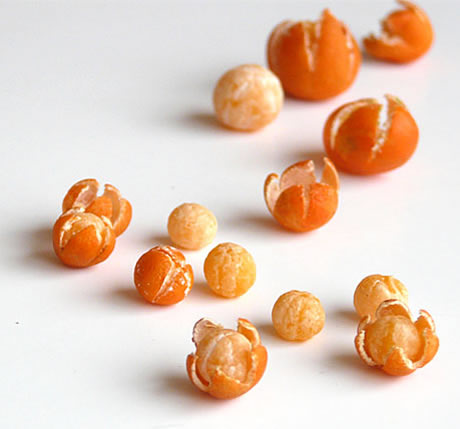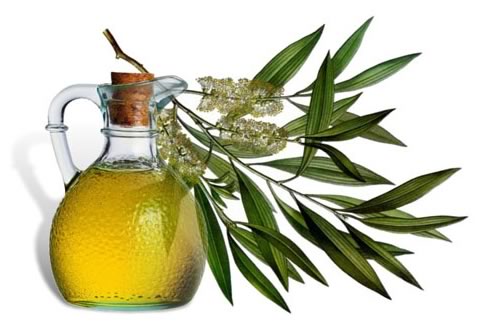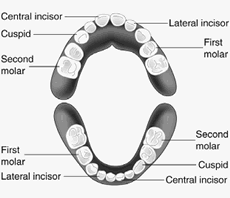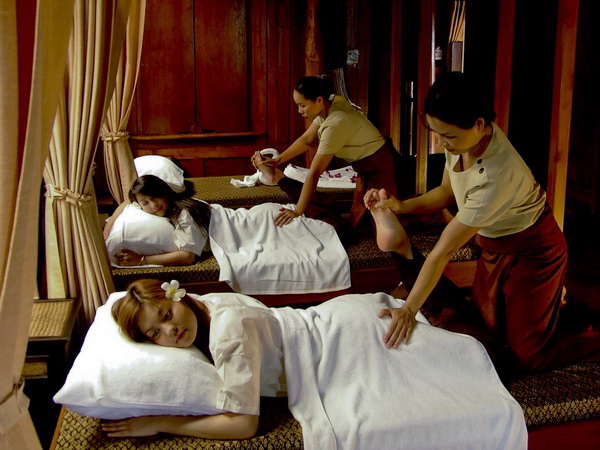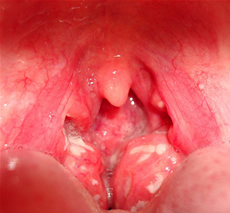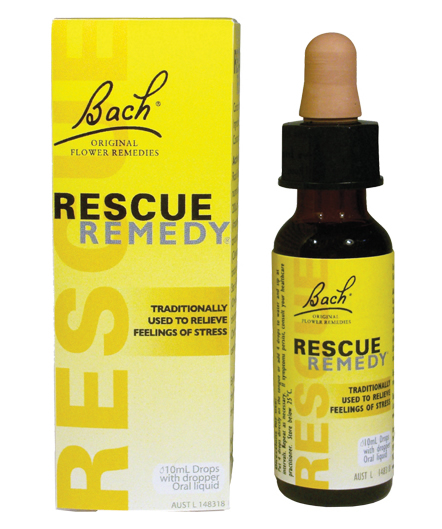 |
| Rescue Remedy |
Rescue Remedy is the trademarked name of a combination of five Bach flower essences intended for use in emotional or psychological emergencies.
It contains the essences of star of Bethlehem, rock rose, impatiens, cherry plum, and clematis. It is by far the most popular of the Bach preparations, and is available as a cream as well as in liquid form for internal use.
In terms of their history, the Bach flower essences are a variation of homeopathic remedies. Dr. Edward Bach (1886–1936), the English practitioner who first prepared them, was trained in both mainstream medicine and homeopathy. He worked as a bacteriologist and pathologist in the University College Hospital as well as the London Homoeopathic Hospital during the 1920s.


Although Bach developed a series of homeopathic oral vaccines still known as the seven Bach nosodes, he was not satisfied with these preparations and decided that using plant material for homeopathic healing would be more effective than using disease organisms.
He began experimenting around 1928 with flower extracts in order to treat personality problems and emotional conditions, which he thought had more important effects on a person’s overall state of health than infectious diseases.
He moved from London to a country setting in Oxfordshire in 1930 in order to devote himself fully to investigating the healing properties of local plants. By the time Bach died in 1936, he had discovered all of the 38 single flower essences presently in use. As of 2004, tinctures of the Bach flower remedies are still prepared at the Bach Centre in Mount Vernon, England.
Rescue Remedy is prepared in the same fashion as the Bach single flower essences, by either the sun method or by boiling. In the sun method, flower heads are floated in a clear glass bowl filled with natural spring water and allowed to soak in bright sunlight for three hours. The flowers are then removed and the water is mixed with brandy in a 50/50 ratio.
In the boiling method, flowering twigs are boiled for half an hour in a large pan of spring water. After the water has cooled, the plant parts are removed and the remaining water is mixed with an equal part of brandy.
General use
According to the Bach Centre, Dr. Bach intended Rescue Remedy “as an emotional first-aid kit and not as a quick replacement for the 38 individual remedies.” The single remedies are selected according to the personality of the user and are said to take several weeks or months to bring about deeper changes in the person’s feelings or behavior.
For example, someone who is afraid of something specific and identifiable would be advised to take Mimulus, whereas someone who suffers from nameless anxiety would take Aspen.
Bach is said to have chosen the five essences included in Rescue Remedy because he thought that they would act rapidly and cover most types of emotional crisis. His indications for the five flower essences in Rescue Remedy are as follows:
- Star of Bethlehem. For shock and emotional numbness resulting from trauma or bereavement.
- Rock rose. For terror, panic attacks, and hysteria; also recommended for recurrent nightmares.
- Impatiens. For those who tend to think and act impulsively, or become tense and irritable when upset.
- Cherry plum. For fear of losing physical or emotional control.
- Clematis. To prevent “spaciness” or passing out in crisis situations.


None of the Bach flower remedies are intended for use in treating infectious diseases or internal injuries.
Rescue Remedy cream is recommended for soothing such external skin problems as sunburn, windburn, scabs, minor burns, dryness, or eczema. It can also be applied after sports or exercise for discomfort caused by bruises or sore muscles.
Many people who use Rescue Remedy recommend it for pets and plants, as well as for humans. One alternative veterinarian suggests adding the remedy to a cat or dog’s drinking water for such situations as a history of abuse or abandonment; recovery following veterinary surgery; fear of veterinarians; grief from losing a human caregiver or fellow pet; hyperactivity or aggressiveness; anxiety following a move or changes in the household; litter box problems; excessive self-grooming; and jealousy. The dose recommended for domestic pets is ten drops per gallon of water.
Preparations
The liquid form of Rescue Remedy is available in the United States for about $12 for a 20-mL bottle. Unlike the individual flower essences, which are taken two drops at a time, Rescue Remedy is taken in four-drop doses. It can be dropped directly on the tongue—care being taken not to touch the dropper—or added to a glass of water and sipped slowly.
People who are concerned about the alcohol content of the tincture may add the Rescue Remedy to a cup of hot tea or other warm beverage, which will cause the alcohol to evaporate. Rescue Remedy is safe to use several times a day to treat emotional stress, as the flower essences in it are too dilute to cause any overdose effects.
Rescue Remedy cream contains crab apple in addition to the five flower essences in the liquid preparation. Crab apple was included in the mixture for its cleansing qualities. A 1-oz tube sells for about $11. The cream can be applied as often as needed.
Precautions
Rescue Remedy and the other Bach flower essences do not require any special precautions for use in most cumstances. The Bach Centre in England, however, does recommend that persons taking disulfiram (Antabuse) as part of treatment for alcohol abuse should consult their physicians before using any of the Bach flower essences.
Disulfiram works by changing the body’s metabolism of alcohol in such a way that anyone taking the medication will experience nausea, dizziness, chest pains, and other unpleasant symptoms if they ingest even a small amount of alcohol. Although the amount of alcohol in four drops of Rescue Remedy is very small, it could conceivably trigger a reaction to disulfiram.
Unlike other homeopathic remedies, Bach flower essences are not affected by such substances as coffee, circamphor, eucalyptus, or toothpaste and drinks contain
ing peppermint.
Practitioners of homeopathy refer to these substances and flavorings as antidotes, and advise their patients not to use them while taking prescribed remedies. Flower essences, however, can be taken with coffee, carbonated beverages, peppermint herbal tea, cough drops, or any other food flavored with peppermint or eucalyptus.
Side effects
No side effects from using the liquid form of Rescue Remedy have been reported as of 2004. Some practitioners of alternative medicine consider Rescue Remedy to be preferable to kava kava and other herbs used to treat anxiety, precisely because it is not dangerous in repeated doses, is not addictive, and does not affect the digestive tract or central nervous system.
Interactions
Apart from possible interactions with disulfiram due to its alcohol content, Rescue Remedy is not known to interact with prescription medications, herbal preparations, or other homeopathic remedies.
